Pamela
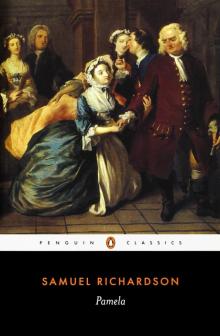

Author: Samuel Richardson
Category: Fiction
Published: a long time ago
Series:
View: 424
Read OnlineSamuel Richardson's Pamela is a captivating story of one young woman's rebellion against the social order, edited by Peter Sabor with an introduction by Margaret A. Doody in Penguin Classics.
Fifteen-year-old Pamela Andrews, alone in the world, is pursued by her dead mistress's son. Although she is attracted to Mr B, she holds out against his demands and threats of abduction and rape, determined to protect her virginity and abide by her moral standards. Psychologically acute in its explorations of sex, freedom and power, Richardson's first novel caused a sensation when it was published, with its depiction of a servant heroine who dares to assert herself. Richly comic and full of lively scenes and descriptions, Pamela contains a diverse cast of characters ranging from the vulgar and malevolent Mrs Jewkes to the aggressive but awkward country squire who serves this unusual love story as both its villain and hero.
In her introduction, Margaret Ann Doody discusses the epistolary genre of novels and examines the role of women and class differences. This edition, based on the 1801 text and incorporating corrections made in 1810, makes Richardson's final version of the two-volume generally available for the first time.
Samuel Richardson (1689-1761) was born in Derbyshire, the son of a joiner. He received little formal education, but in 1706 was apprenticed to a London printer, going on to become a leading figure of the trade in the capital. Pamela originated as a volume of model letters for unskilled letter-writers, but as Richardson became more fascinated by the characters in his letters than the letters themselves, the germ of a novel began to emerge. Upon its publication in 1740 Pamela; or, Virtue Rewarded became a national sensation.
If you enjoyed Pamela, you might like Daniel Defoe's Moll Flanders, also available in Penguin Classics.
Fifteen-year-old Pamela Andrews, alone in the world, is pursued by her dead mistress's son. Although she is attracted to Mr B, she holds out against his demands and threats of abduction and rape, determined to protect her virginity and abide by her moral standards. Psychologically acute in its explorations of sex, freedom and power, Richardson's first novel caused a sensation when it was published, with its depiction of a servant heroine who dares to assert herself. Richly comic and full of lively scenes and descriptions, Pamela contains a diverse cast of characters ranging from the vulgar and malevolent Mrs Jewkes to the aggressive but awkward country squire who serves this unusual love story as both its villain and hero.
In her introduction, Margaret Ann Doody discusses the epistolary genre of novels and examines the role of women and class differences. This edition, based on the 1801 text and incorporating corrections made in 1810, makes Richardson's final version of the two-volume generally available for the first time.
Samuel Richardson (1689-1761) was born in Derbyshire, the son of a joiner. He received little formal education, but in 1706 was apprenticed to a London printer, going on to become a leading figure of the trade in the capital. Pamela originated as a volume of model letters for unskilled letter-writers, but as Richardson became more fascinated by the characters in his letters than the letters themselves, the germ of a novel began to emerge. Upon its publication in 1740 Pamela; or, Virtue Rewarded became a national sensation.
If you enjoyed Pamela, you might like Daniel Defoe's Moll Flanders, also available in Penguin Classics.
 The New Hunger
The New Hunger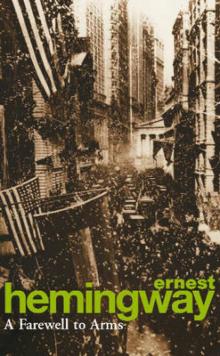 A Farewell to Arms
A Farewell to Arms The Seventh Hour
The Seventh Hour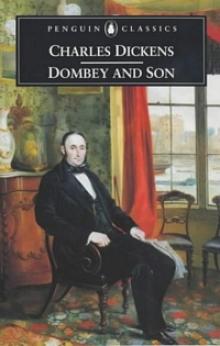 Dombey and Son
Dombey and Son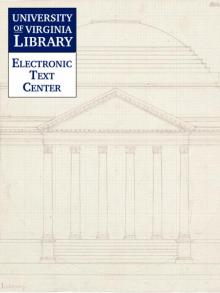 The Paradise of Bachelors and the Tartarus of Maids
The Paradise of Bachelors and the Tartarus of Maids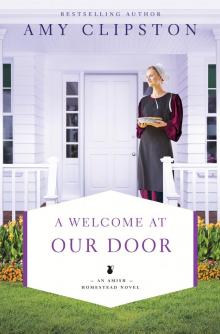 A Welcome at Our Door
A Welcome at Our Door Love Again
Love Again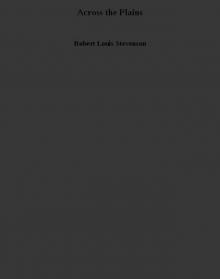 Across the Plains
Across the Plains